Home>Garden Essentials>What Spreader Setting For Grass Seed
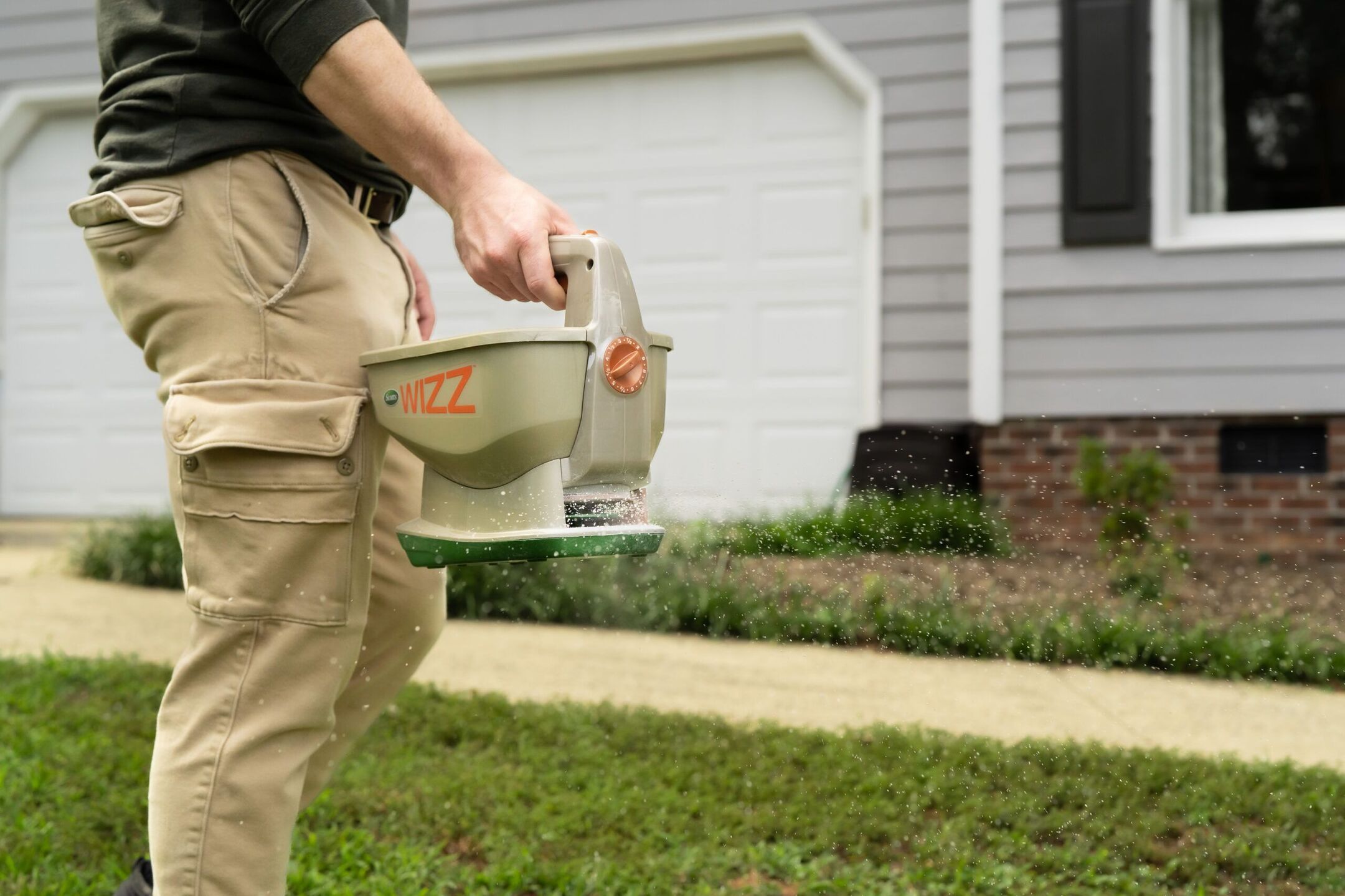

Garden Essentials
What Spreader Setting For Grass Seed
Modified: March 29, 2024
Discover the perfect spreader setting for grass seed in your garden. Tips and advice on achieving lush and healthy grass growth.
(Many of the links in this article redirect to a specific reviewed product. Your purchase of these products through affiliate links helps to generate commission for Storables.com, at no extra cost. Learn more)
Introduction
When it comes to growing a lush and healthy lawn, one key element is seeding with the right grass seed. However, simply scattering the seed by hand may not result in even coverage and optimal germination. This is where a spreader becomes a valuable tool. By using a spreader, you can ensure that the grass seed is distributed evenly and precisely over your lawn.
But how do you determine the right spreader setting for grass seed? In this article, we will explore the essential factors to consider and provide step-by-step guidance to help you achieve the best results.
Properly calibrating your spreader and selecting the correct settings are crucial for achieving uniform coverage and avoiding under or over-application of grass seed. Taking the time to understand your grass seed type, spreader type, and environmental conditions will greatly enhance the success of your seeding efforts.
So, buckle up and let’s dive into the world of spreader settings for grass seed!
Key Takeaways:
- Choose the right spreader setting for grass seed by considering seed type, spreader type, and environmental conditions. Use calibration methods and troubleshooting tips for even coverage and successful seeding.
- Properly calibrate your spreader to match the desired application rate, avoid over or under-application, and troubleshoot common issues for a lush and healthy lawn.
Factors to Consider
When determining the right spreader setting for grass seed, several factors come into play. Let’s take a closer look at each one:
- Type of Grass Seed: Different grass seed varieties have varying sizes and densities. For example, fine fescue seed is small and lightweight, while tall fescue seed is larger and denser. Understanding the characteristics of your grass seed will help you choose the appropriate spreader setting.
- Spreader Type: There are various types of spreaders available, such as drop spreaders and broadcast spreaders. Drop spreaders release the seed directly beneath the hopper, while broadcast spreaders disperse the seed in a fan-like pattern. Each type has different mechanisms for adjusting settings and distributing the seed, so familiarize yourself with your specific spreader’s features.
- Spreader Manufacturer Recommendations: Spreader manufacturers often provide recommendations regarding the appropriate spreader settings for different grass seed types. These recommendations are based on extensive testing and can serve as a useful starting point. Consult your spreader’s manual or the manufacturer’s website for guidance.
- Environmental Conditions: Weather conditions play a significant role in seed distribution. Wind speed, humidity, and temperature can affect the spread pattern and coverage. It is best to avoid windy days to prevent the seed from drifting away. If it’s particularly hot and dry, consider watering the lawn before and after spreading the seed to promote germination.
By taking these factors into account, you will be better equipped to determine the appropriate spreader setting for your grass seed. But how exactly do you calculate that setting? Let’s find out in the next section.
Calculating Spreader Settings
Now that you are aware of the factors that influence spreader settings for grass seed, let’s explore how to calculate the appropriate setting.
Choosing the Right Setting Method: There are two common methods for determining spreader settings: the square footage method and the flow rate method.
The square footage method involves calculating the area of the lawn you want to seed and matching it to the recommended application rate on the grass seed packaging. For example, if the recommended application rate is 4 pounds of seed per 1,000 square feet, you can adjust the spreader setting accordingly to ensure even coverage.
The flow rate method requires measuring the amount of seed that flows through the spreader in a given amount of time. Using a scale or measuring cup, collect the seed that comes out of the spreader over a set duration, such as 1 minute. Adjust the spreader setting until you achieve the desired flow rate. This method allows for more precise control over the seed distribution.
Using the Spreader Setting Chart: Many spreader manufacturers provide charts that recommend specific settings for various grass seed types based on the desired application rate. These charts take into account the spreader type and the manufacturer’s recommendations. Simply locate your grass seed type and desired application rate on the chart to determine the appropriate spreader setting.
It’s essential to consult the spreader setting chart specific to your spreader model and manufacturer. If you cannot find a chart, consider reaching out to the manufacturer for assistance.
Remember that these methods and charts serve as guidelines, and adjustments might be necessary based on the specific conditions of your lawn. Testing the spread pattern and making minor adjustments can help achieve the desired results.
Now that you have determined the spreader setting, it’s time to consider another crucial aspect of seeder calibration. Keep reading to learn more.
Adjusting for Seed Flow Rate
Once you have calculated the spreader setting for your grass seed, it’s important to ensure that the seed is flowing evenly and covering the desired area. Here are a few steps to help you achieve even coverage:
Testing the Spread Pattern: Before spreading the seed across your entire lawn, it’s a good idea to conduct a test run in a small, designated area. Adjust the spreader setting based on the guidelines you calculated in the previous step, and walk at a consistent pace to simulate the application process. Once you’re done, assess the spread pattern. Is the seed evenly dispersed without any clumps or gaps? If not, adjustments need to be made.
Making Adjustments for Even Coverage: If you notice clumps or gaps in the spread pattern, it’s time to make adjustments. If the spread is too heavy or concentrated in certain areas, decrease the spreader setting slightly to reduce the flow rate of the seed. On the other hand, if the spread is too light or sparse, increase the spreader setting to allow for a higher flow rate. Continue with test applications and adjustments until you achieve a consistent and even spread pattern.
Remember to always refer to the recommended application rate and follow any specific instructions provided by the grass seed manufacturer. Adjustments are necessary to ensure proper coverage, but over-application can lead to wastage and uneven growth.
By testing the spread pattern and making necessary adjustments, you can ensure that your grass seed is distributed evenly and to the desired coverage. However, it’s important to understand that spreader calibration is equally critical for consistent and accurate results. Let’s explore the process of spreader calibration in the next section.
Set your spreader to the recommended setting on the grass seed bag. If not listed, start with a low setting and test on a small area. Adjust as needed for even coverage.
Spreader Calibration
Calibrating your spreader is an essential step in achieving accurate and consistent seed distribution. Proper calibration ensures that the spreader settings are calibrated to match the desired application rate and maximizes the effectiveness of your seeding efforts. Here’s why calibration is important and a step-by-step process to help you get it right:
Importance of Calibration: Without proper calibration, your spreader settings may not align with the actual seed flow rate, leading to over or under-application of the grass seed. Over-application can result in seed wastage and potentially harm the environment, while under-application may lead to poor germination and inadequate coverage. Calibration helps you achieve the recommended seeding rate for optimal results.
Step-by-Step Calibration Process: Follow these steps to calibrate your spreader:
- Choose a test area: Select a small, defined area of your lawn to use as a reference point for calibration.
- Measure the seed: Weigh out a known amount of seed that is appropriate for the test area. A simple kitchen scale can help with accurate measurement.
- Prepare the spreader: Set the spreader settings to a baseline and perform a test run over the test area with the measured amount of seed.
- Collect and measure remaining seed: Collect any remaining seed from the test area. Use a measuring cup or scale to determine the amount of seed that was actually applied.
- Calculate the adjustment: Compare the measured seed amount to the intended application rate. If the amount applied is too little, increase the spreader setting. If it’s too much, decrease the setting. Use this adjustment for future seeding.
- Repeat the process: Conduct additional test runs and adjustments as needed until you achieve the desired application rate and even coverage.
Spreader calibration may seem time-consuming, but it pays off in the long run with more accurate and efficient seed distribution. Taking the time to calibrate your spreader will help you achieve better results and save you from potential frustration and wasted effort.
In the next section, we’ll address some common issues that you may encounter during the seeding process and share troubleshooting tips to overcome them.
Read more: How To Spread Grass Seed Without Spreader
Troubleshooting Common Issues
While maintaining and calibrating your spreader will greatly improve the success of your grass seed application, you may still encounter some common problems. Let’s explore these issues and provide troubleshooting tips to help you overcome them:
Patchy or Uneven Coverage: If you notice patches or uneven distribution of grass seed across your lawn, it could be due to several factors. One possible explanation is an incorrect spreader setting. Make sure you have calibrated your spreader properly and adjusted the setting according to the recommended application rate. Additionally, be mindful of your walking speed and direction while operating the spreader, as inconsistent movements can result in uneven coverage. Consider conducting test runs and making adjustments as necessary to achieve a more uniform distribution.
Excessive Grass Seed Waste: Over-application is a common issue that can lead to wastage and unnecessary expense. If you notice that you are using more grass seed than suggested or have a significant amount of unused seed leftover, it may be because your spreader setting is too high. Decrease the spreader setting to reduce the seed flow rate and avoid excessive waste. Proper calibration and testing the spread pattern can help you find the right balance between coverage and conservation.
Spreader Jamming or Clogging: Spreader jamming or clogging can be frustrating and disrupt the seeding process. To avoid this issue, make sure that the grass seed you are using is clean and free from debris or clumps. Check the spreader for any obstructions or blockages that may be hindering the flow of seed. If necessary, clean the spreader thoroughly before each use. Additionally, be mindful of any mechanical issues with your spreader, such as worn-out components or improper maintenance, which can contribute to jamming or clogging. Regular maintenance and inspections of your spreader can help prevent these issues from occurring.
By troubleshooting these common issues and applying the appropriate fixes, you can ensure a smoother and more successful grass seed application process. Remember to always refer to the manufacturer’s instructions and guidelines specific to your spreader to address any additional issues effectively.
Now that we have covered troubleshooting, let’s conclude our discussion on spreader settings for grass seed.
Conclusion
Achieving optimal seed distribution and coverage is essential for growing a healthy and vibrant lawn. Understanding the factors that influence spreader settings for grass seed and taking the time to calibrate your spreader can greatly enhance your seeding efforts.
Consider the type of grass seed you are using, the type of spreader you have, and any recommendations from the manufacturer to determine the appropriate spreader setting. Take environmental conditions into account to ensure the best results.
Use the square footage method or the flow rate method to calculate your spreader settings, and refer to spreader setting charts provided by manufacturers as a helpful guide.
Adjusting for seed flow rate and testing the spread pattern are crucial to achieving even coverage. Make minor adjustments to your spreader setting as needed to achieve the desired flow rate and a consistent spread pattern.
Spreader calibration is key to accurate and efficient seed distribution. Take the time to calibrate your spreader by following a step-by-step process, which includes measuring the seed, test runs, and adjustments to match the intended application rate.
Common issues, such as patchy coverage, excessive seed waste, and spreader jamming, can be addressed by troubleshooting and making necessary adjustments. Regular maintenance and cleanliness of your spreader will also contribute to a smoother seeding process.
In conclusion, understanding spreader settings for grass seed and implementing proper calibration techniques will help you achieve optimal results in your lawn seeding efforts. By taking the time to select the right setting, adjust for seed flow rate, and troubleshoot common issues, you can create a lush and healthy lawn to admire and enjoy.
Remember to always consult the specific recommendations provided by the grass seed manufacturer and the spreader manufacturer for the best practices and guidelines to follow.
Frequently Asked Questions about What Spreader Setting For Grass Seed
Was this page helpful?
At Storables.com, we guarantee accurate and reliable information. Our content, validated by Expert Board Contributors, is crafted following stringent Editorial Policies. We're committed to providing you with well-researched, expert-backed insights for all your informational needs.


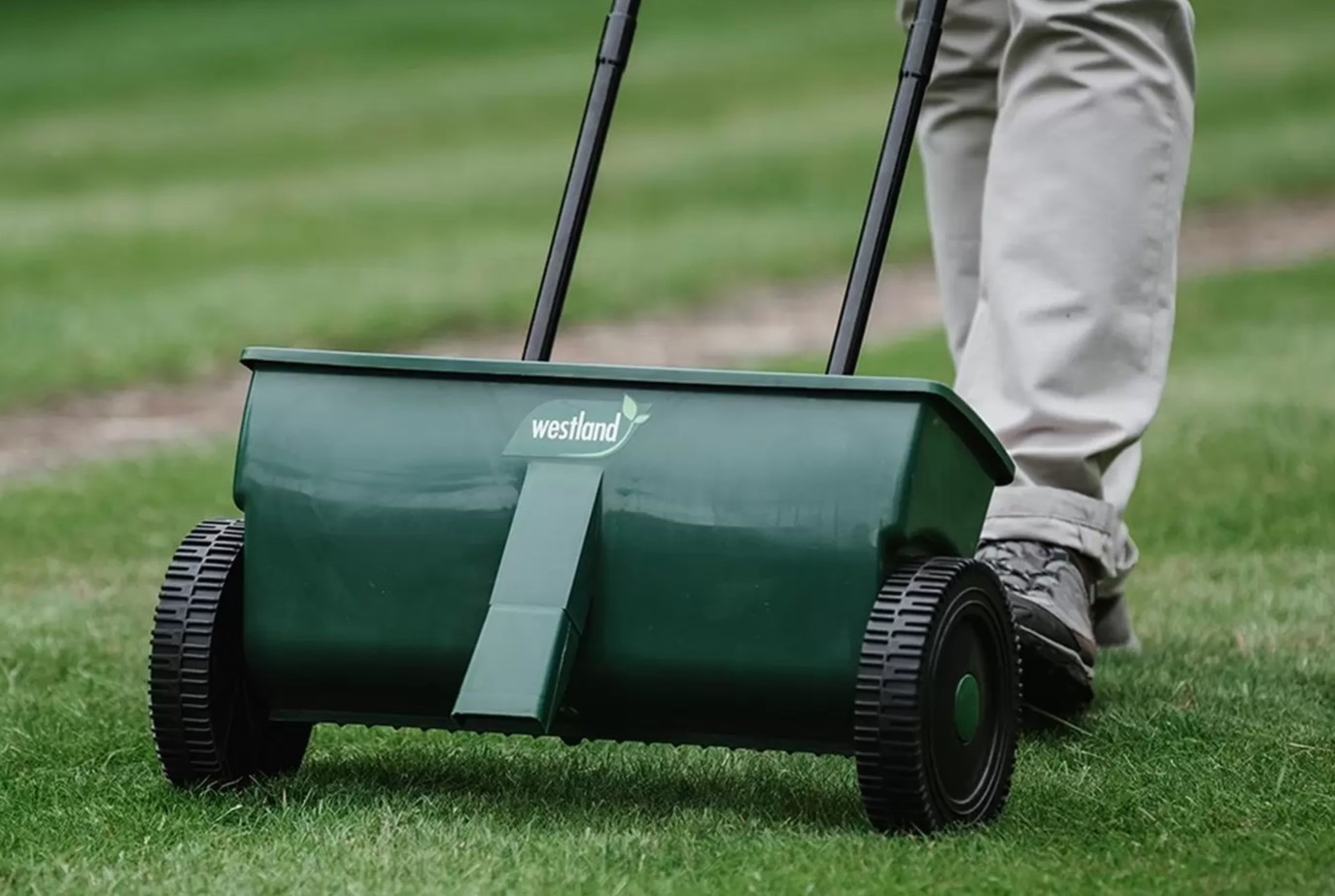
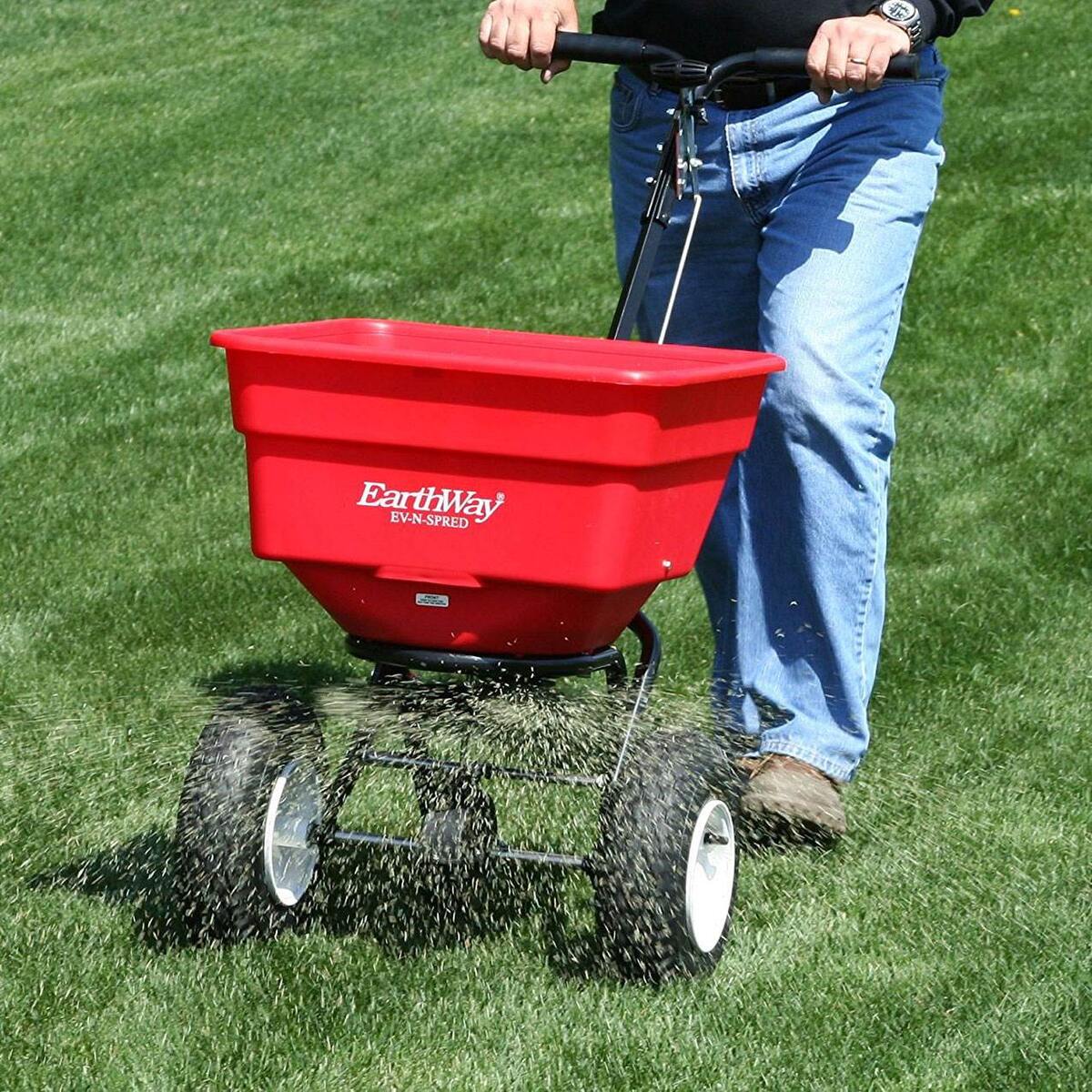
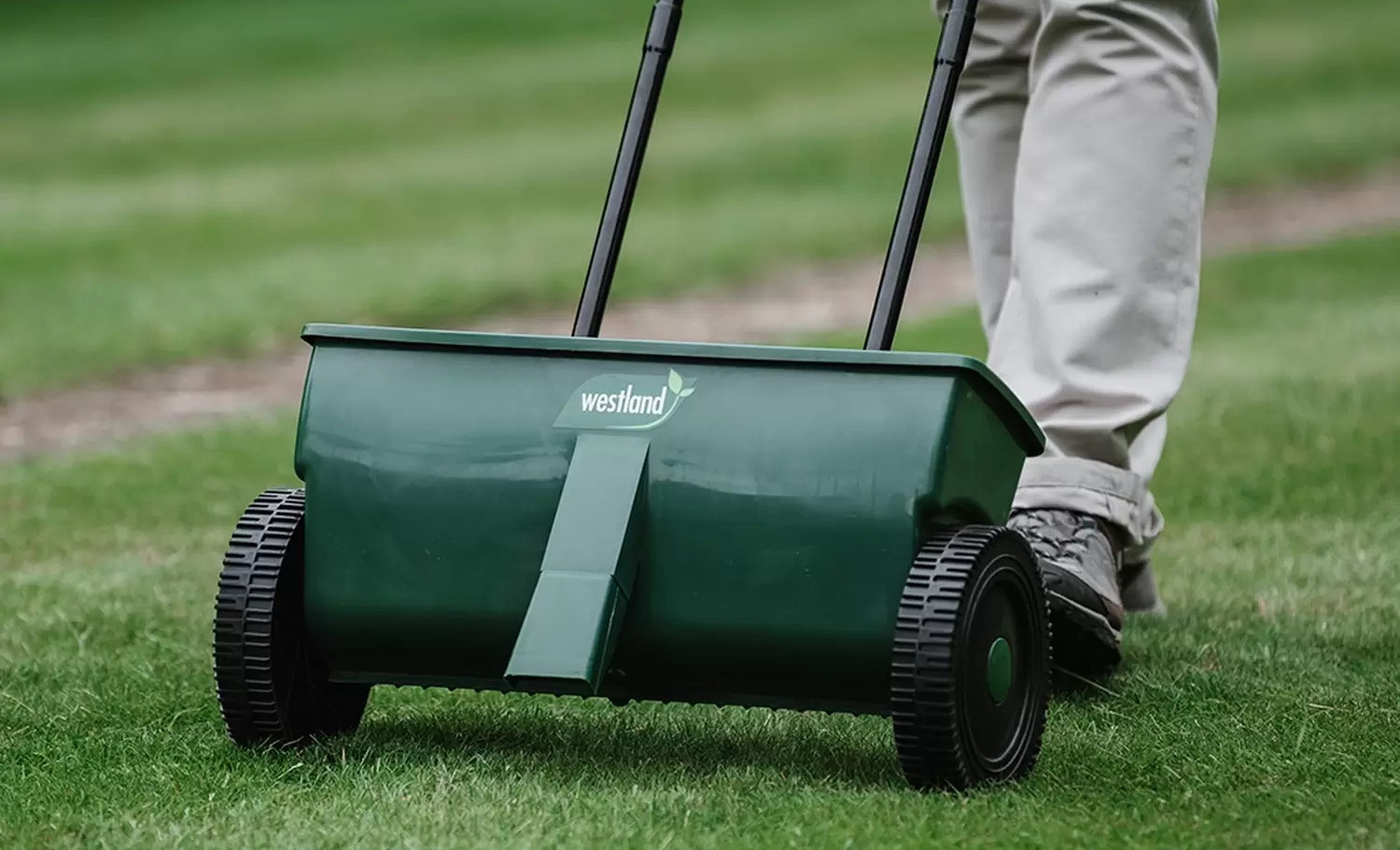
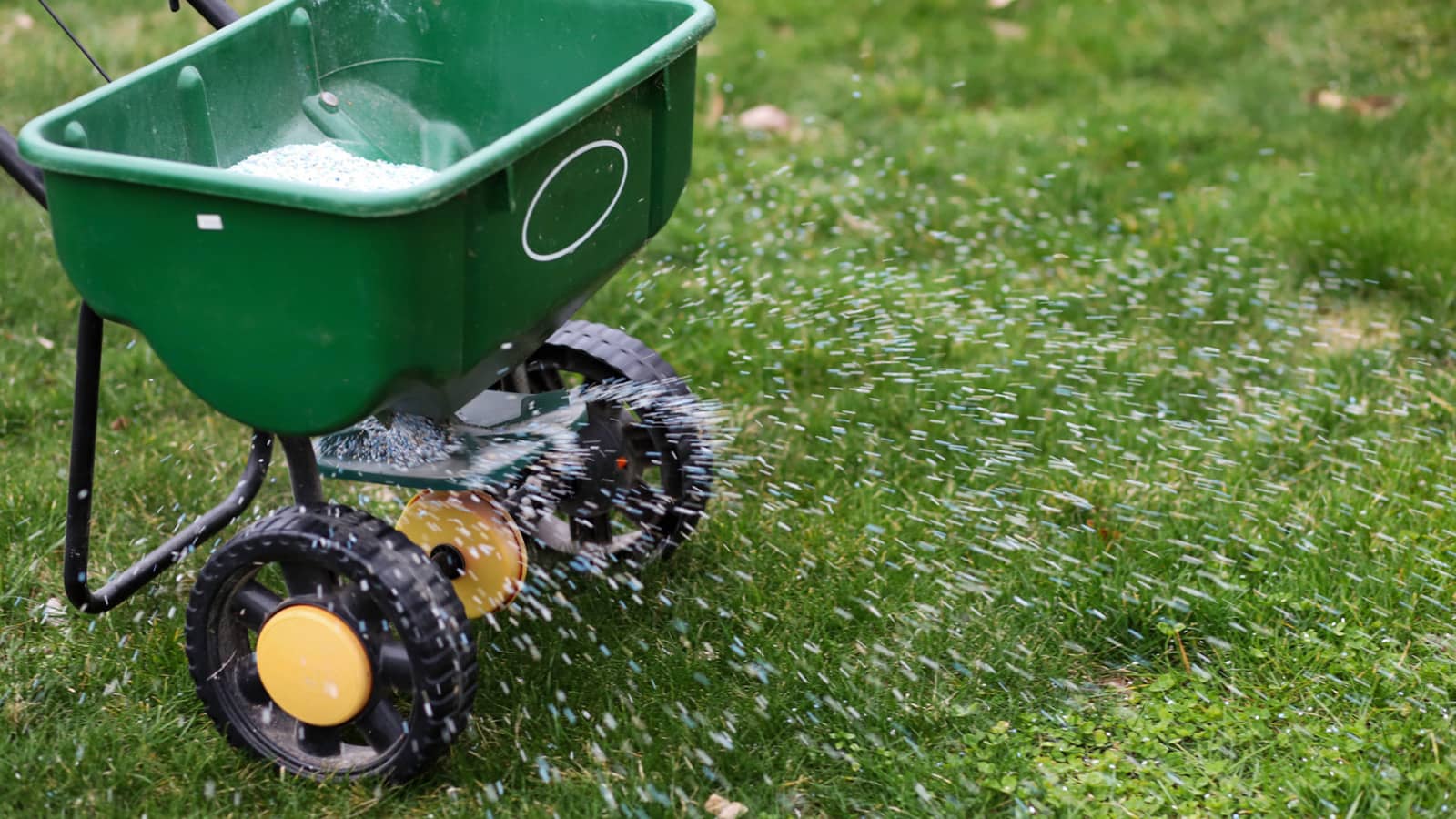
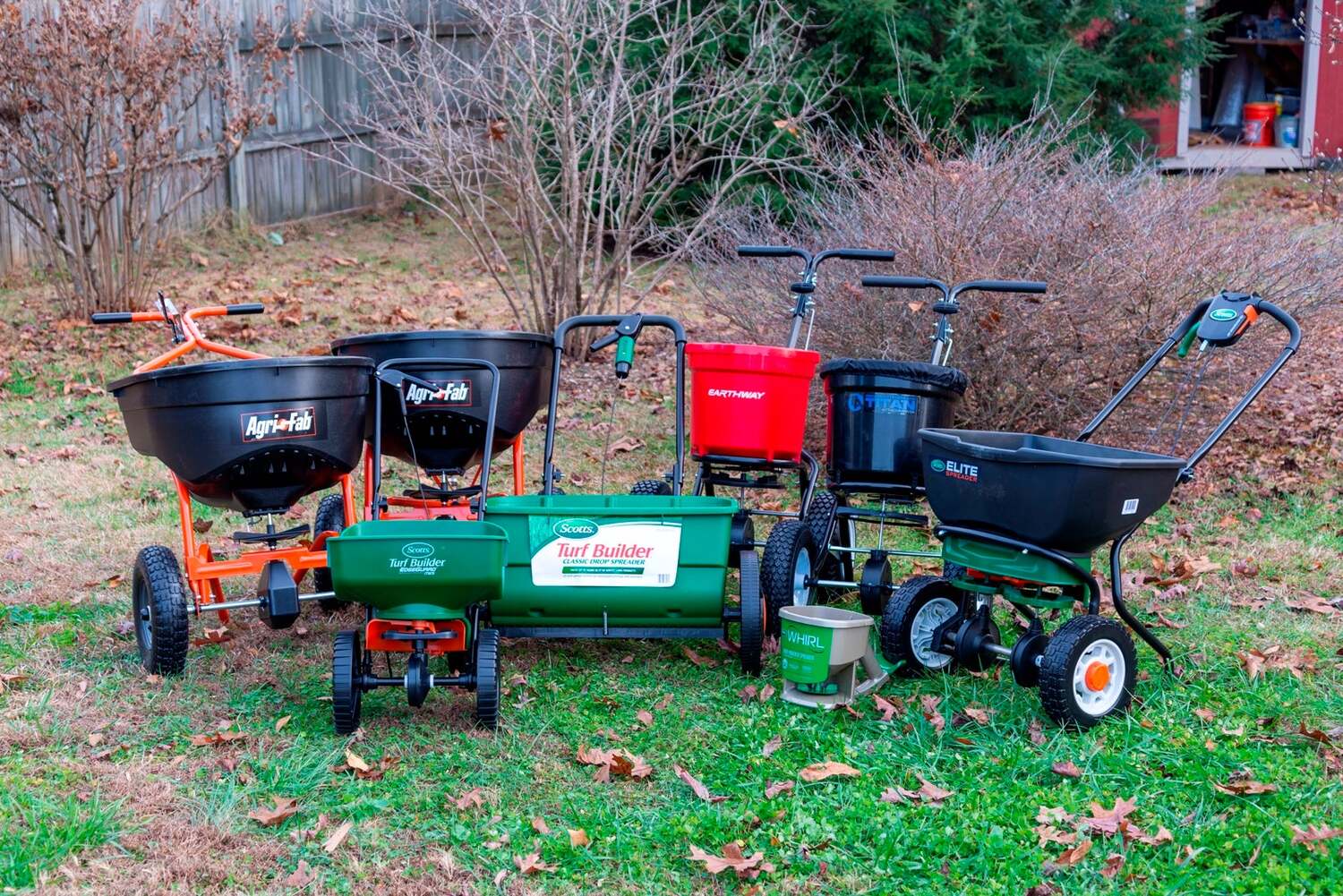
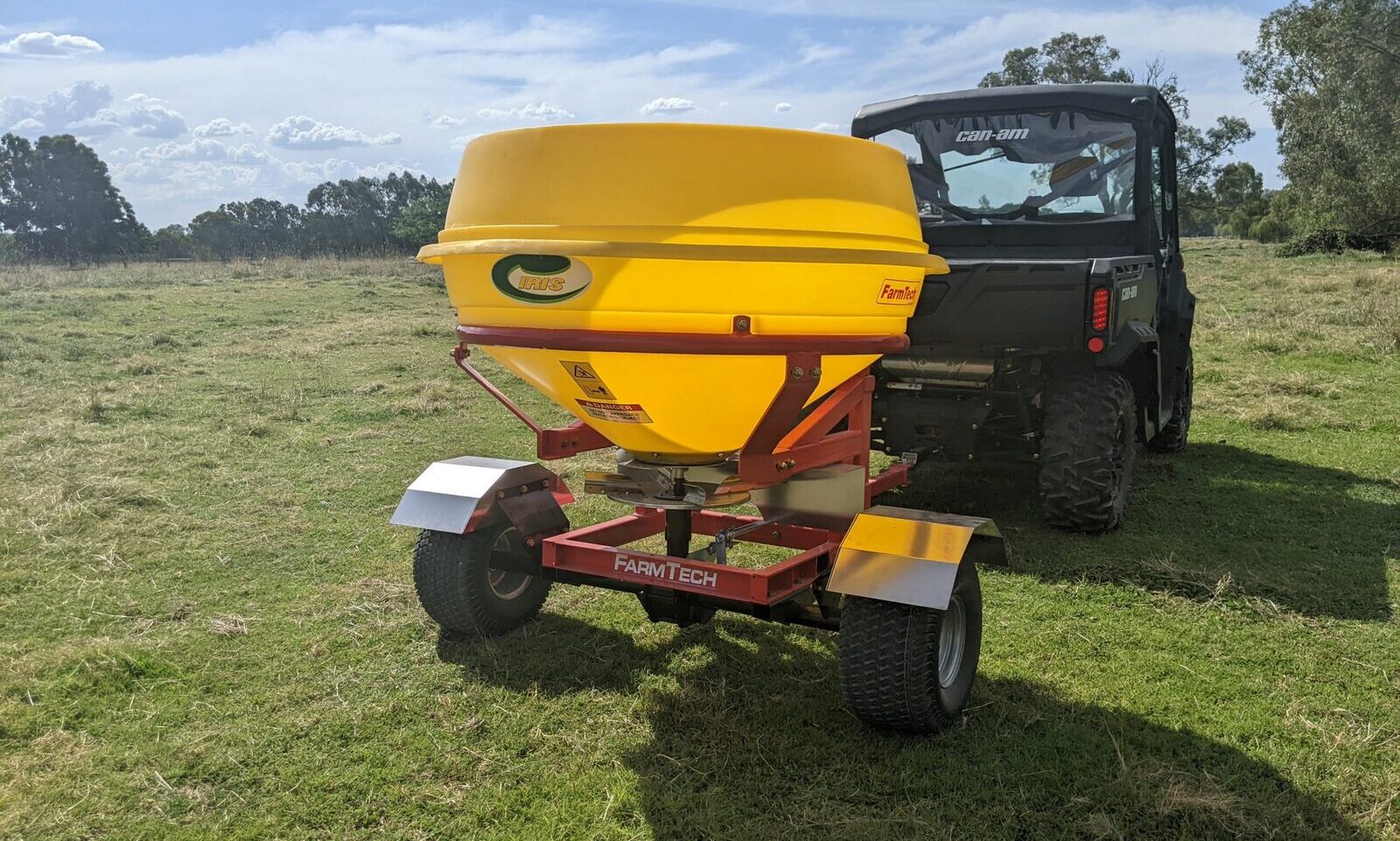
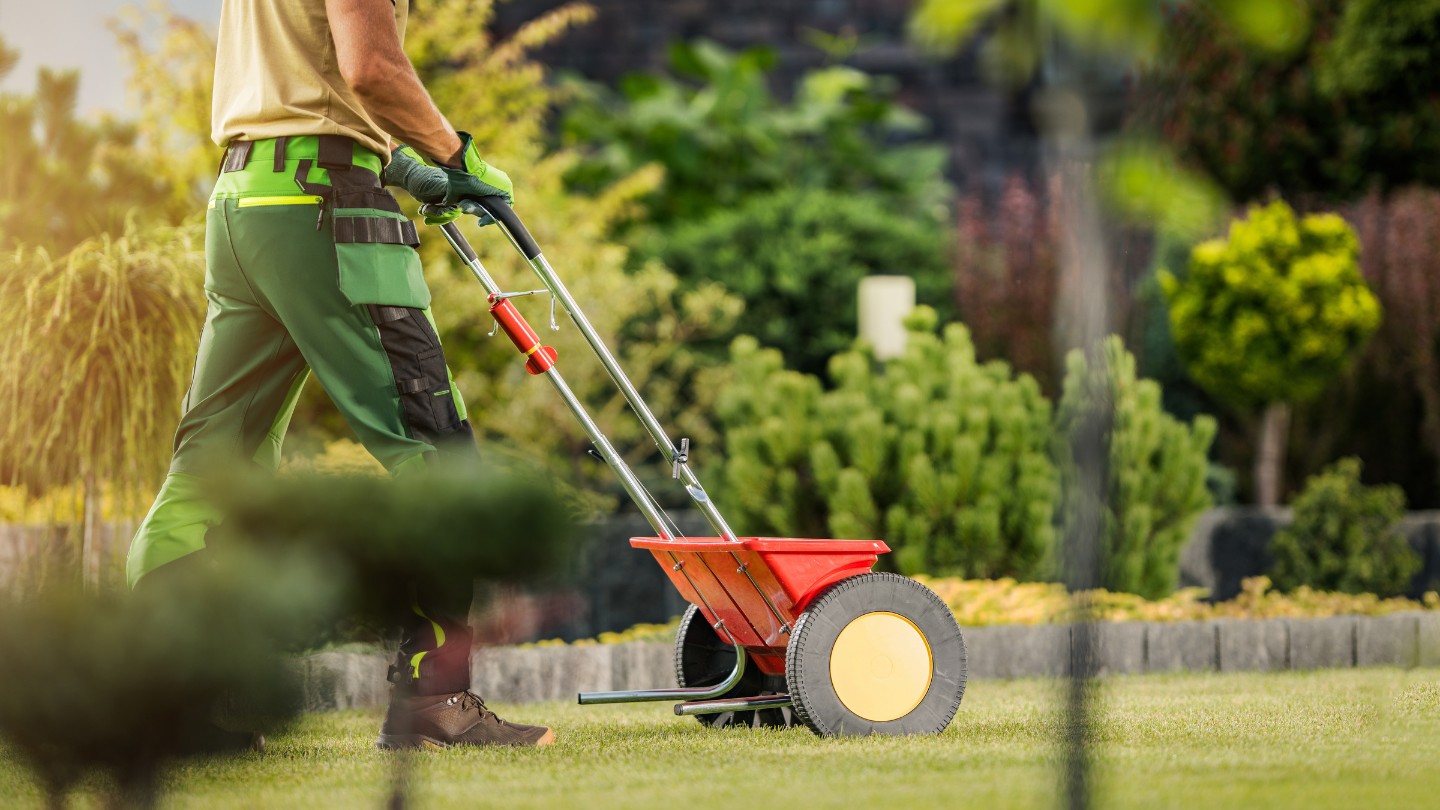
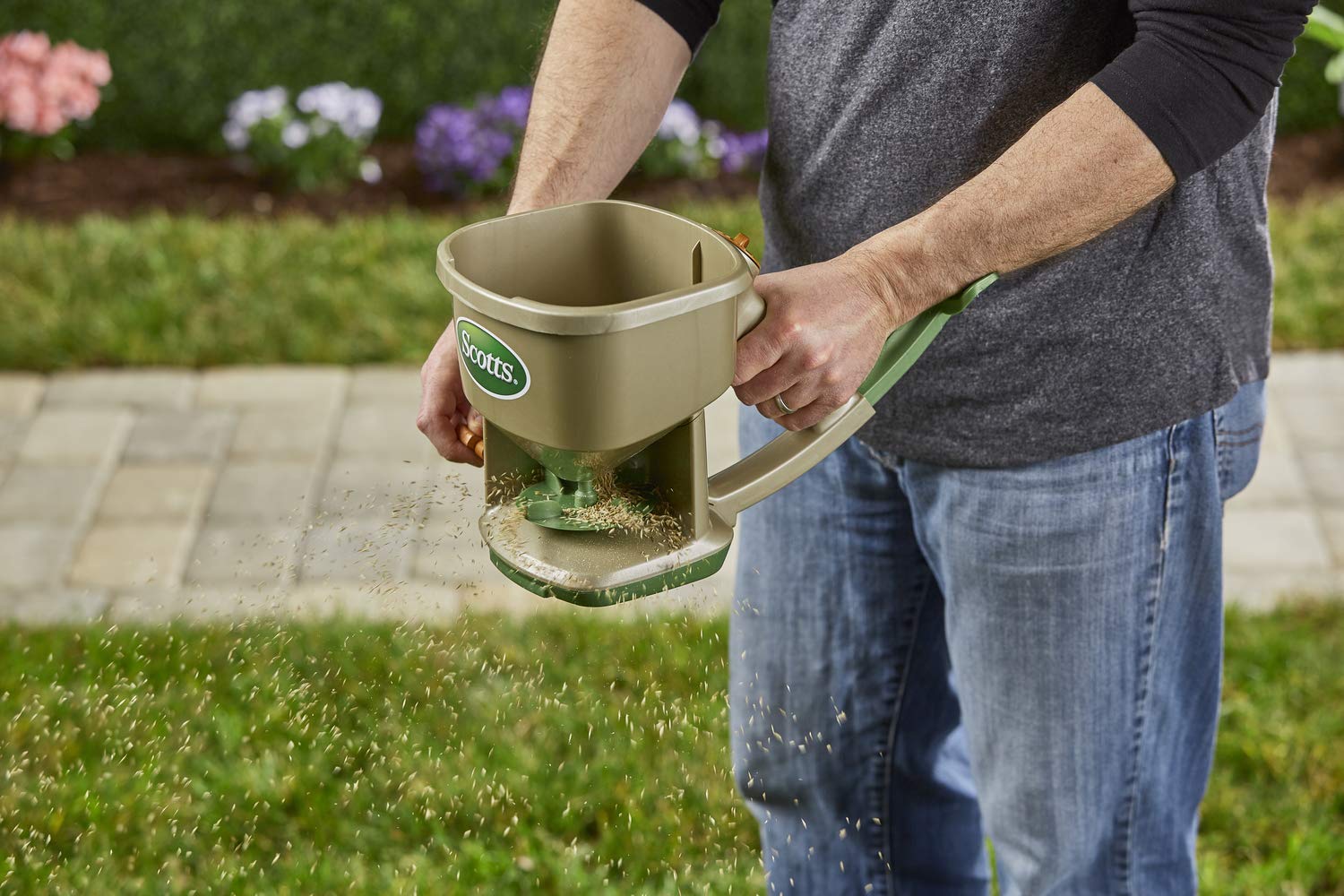
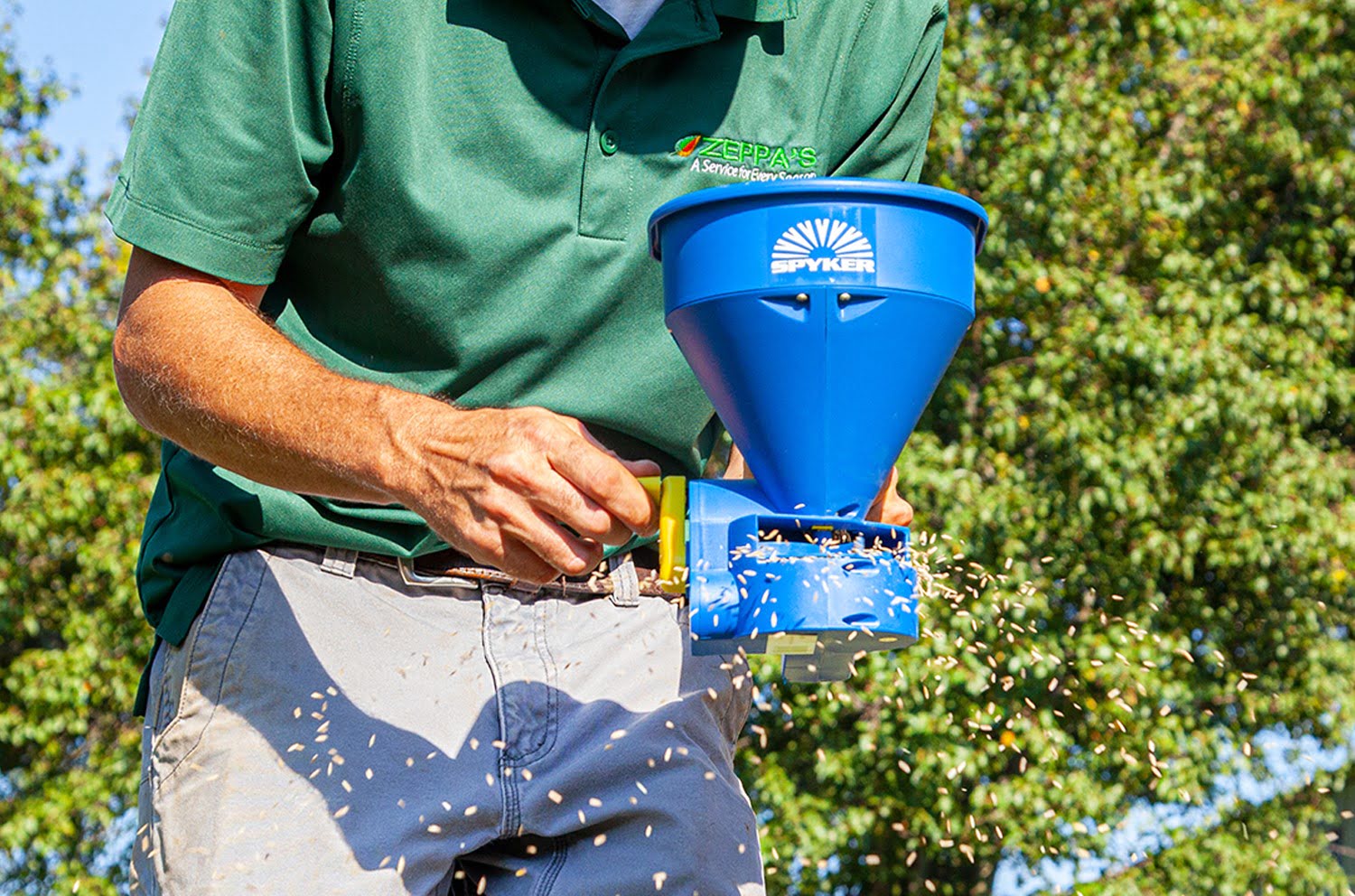
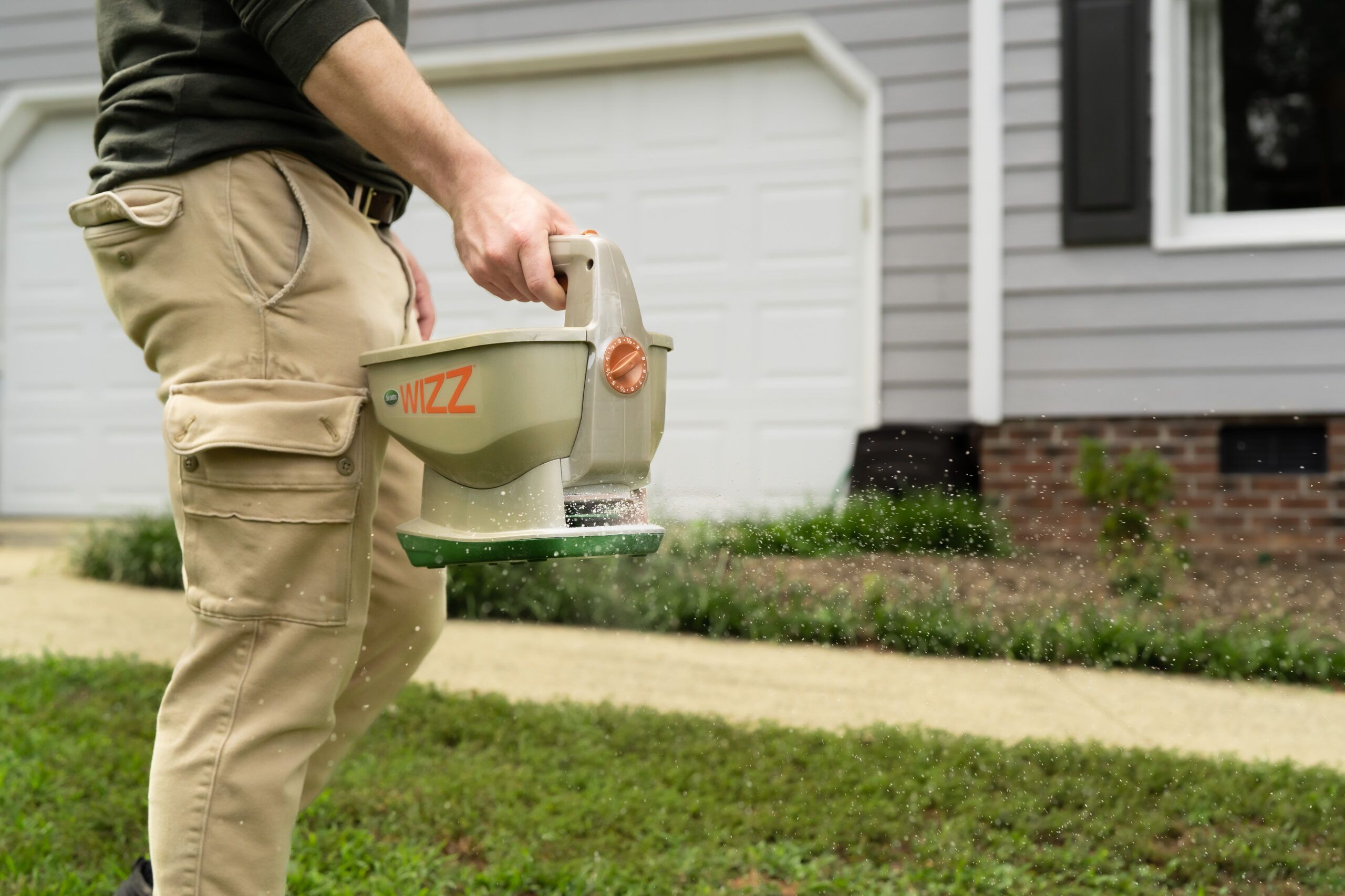

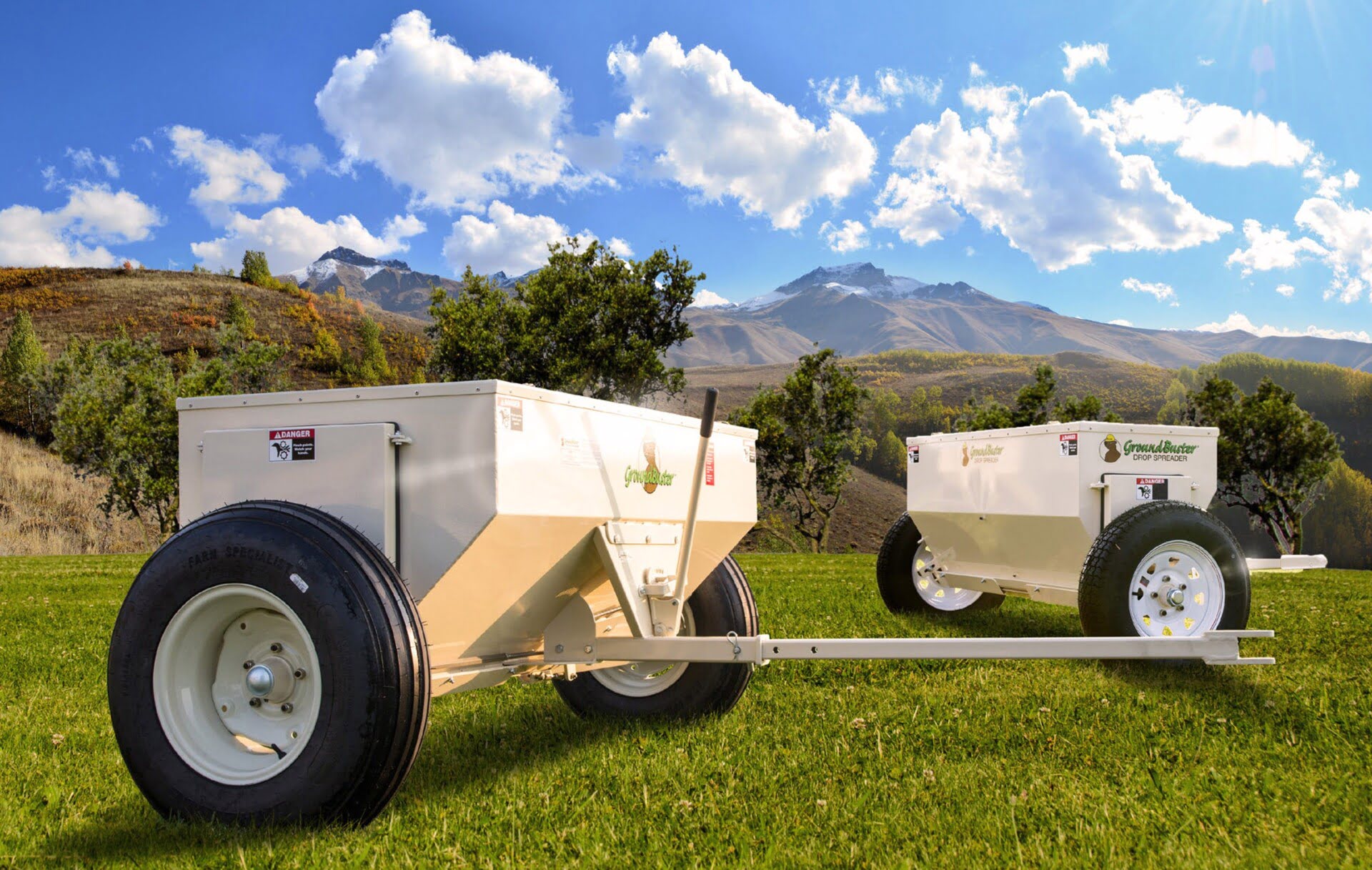

0 thoughts on “What Spreader Setting For Grass Seed”